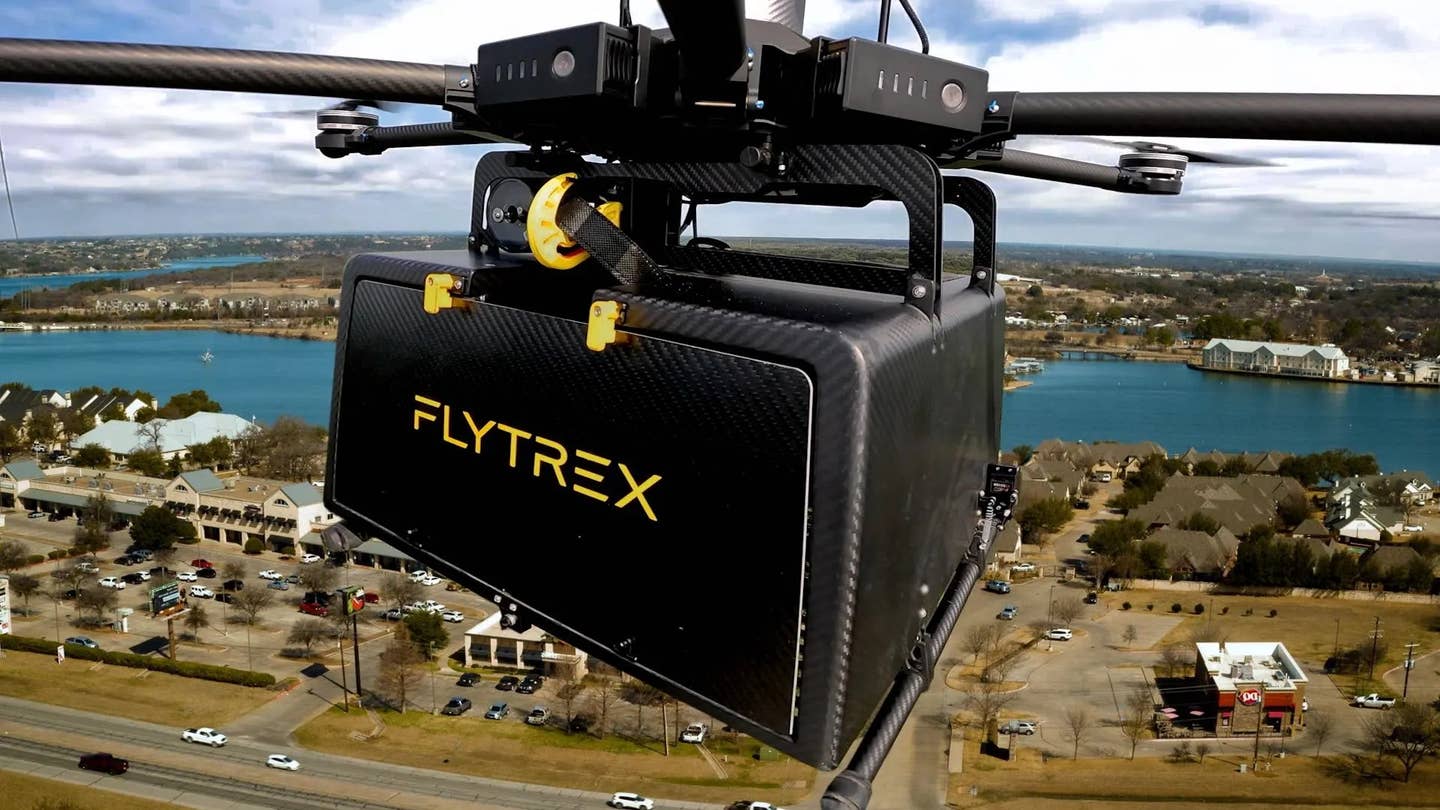
Weather held back the final minutes of the countdown to launch for the Dragon on May 27. NASA/Joel Kowsky
The SpaceX launch of the crewed Dragon module atop a Falcon 9 rocket at Cape Canaveral, Florida, on May 27, was scrubbed 17 minutes before ignition/light off because of severe weather in the area. The next window for the historic mission will be Saturday, May 30, at 3:22 pm EDT. Another window takes place the next day, May 31, if needed.
While the mission has been 9 years in the making, a delay of even a couple of days heightens the level of anticipation—as Flying contributor Les Abend found as he waited during the last 59 minutes of the run-up to the launch, in the midst of celebrating another special occasion:
“Pleased that Elon Musk had made the decision to celebrate my birthday by launching astronauts to the International Space Station, my wife and I had driven to Cape Canaveral, bike rack and bicycles attached. After examining satellite photos like a CIA analyst, I had devised a strategy that involved positioning ourselves on a shoreline area with an unobstructed view of the event.
“The bicycles would allow us the mobility to park almost anywhere. Of course, no one but me had considered that plan. Within a minute of our arrival, a very polite law enforcement officer with a bona fide sense of humor informed me that he was the “fun police,” and that my strategy was not allowed. We accepted his advice that it was best to consider a libation while viewing the launch via the restaurant decks that lined the south shoreline of Port Canaveral.
“When I had awoke that morning to the sound of a Level 4 thunderstorm, I analyzed the Florida radar picture that was pixelating across my phone’s screen. My airline pilot brain told me that a launch had a marginal chance of happening. So, at T minus 59 minutes, I was surprised that the countdown was continuing. I found myself juggling between my radar app and the live NASA feed. Surely, someone at Mission Control would call me for advice. Infatuated with NASA of the 1960s—and geeked out on its trivia—I recalled the lightning strikes that had disabled Apollo 12’s navigation platform during its launch. That crisis was averted by some quick-thinking engineers, but it left enough of an impression where the current policy was established that if convective activity is within 50 miles, the launch does not occur.
“Though communication between Mission Control and the Dragon capsule held the standard monotone, airline-like demeanor, no doubt the astronauts were feeling the stress of the moment, probably wondering if mother nature was going to foil the day’s plans. At T-minus 30 minutes, my radar analysis indicated that the last band of weather needed to vacate the area more quickly to the east. If the band moved away, the next batch of convection to the southwest might just remain 50 miles away. I was amazed that propellant was still being added to the rocket.
“With approximately 17 minutes remaining, a dry humor comment from mission control that another 10 minutes was needed indicated to me that the launch was scrubbed. When the abort sequence was announced, it was time to beat the crowd. Despite the numerous TVs in the restaurant that were broadcasting NASA Live, it seemed that the other patrons hadn’t quite got the abort message. Surely, we would be the first to exit the parking lot. Once again, my strategy wasn’t an original thought.
“Though enduring the traffic was painful, I could have only imagined the frustration of NASA, SpaceX, and the astronauts. That being said, the appropriate decision was made to abort the launch. After being presented with a career of similar decisions, I had a tremendous appreciation for the protocol that was followed precisely. Thanks anyhow, Elon! Maybe next year’s birthday?”

Subscribe to Our Newsletter
Get the latest FLYING stories delivered directly to your inbox






